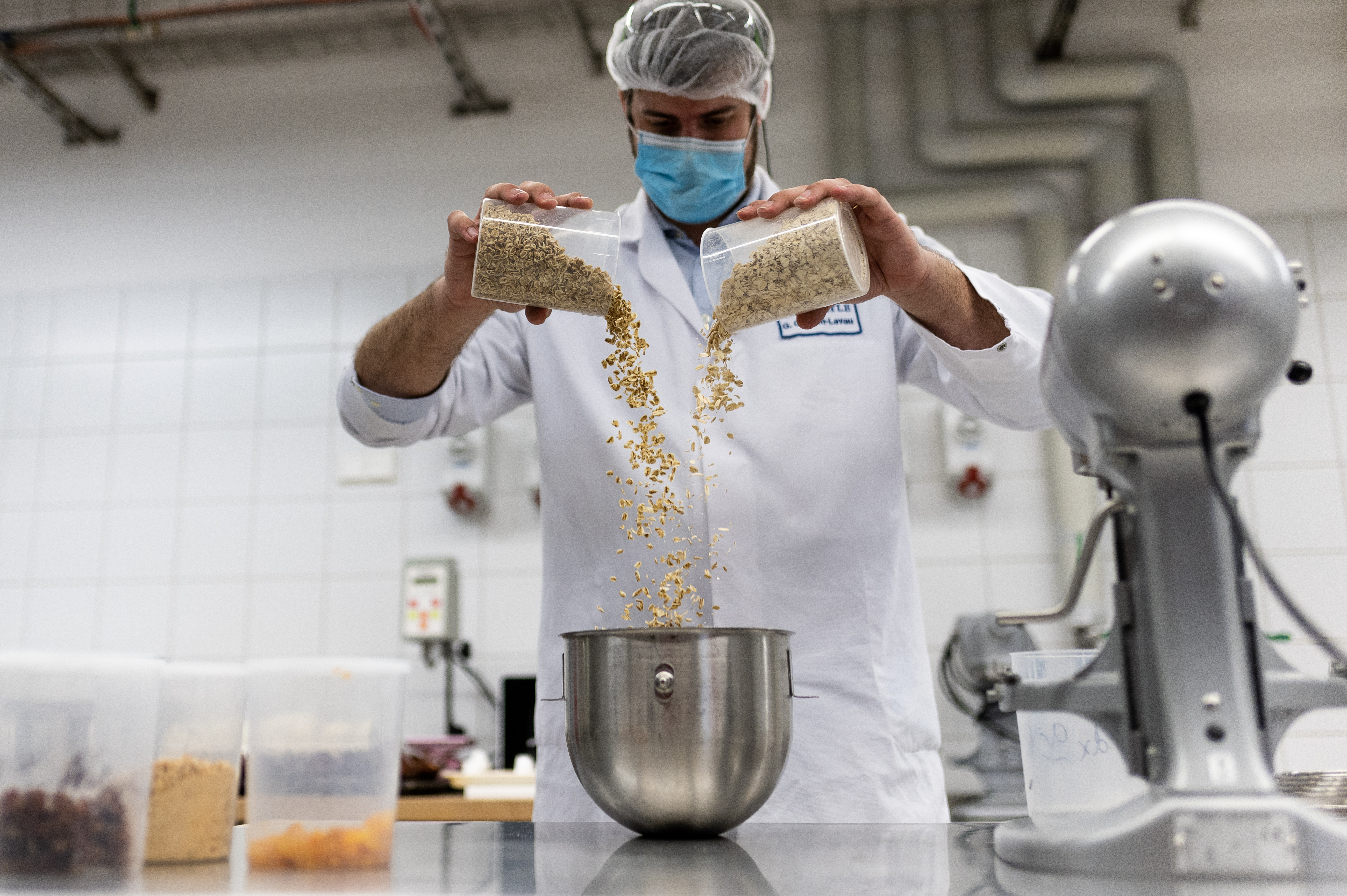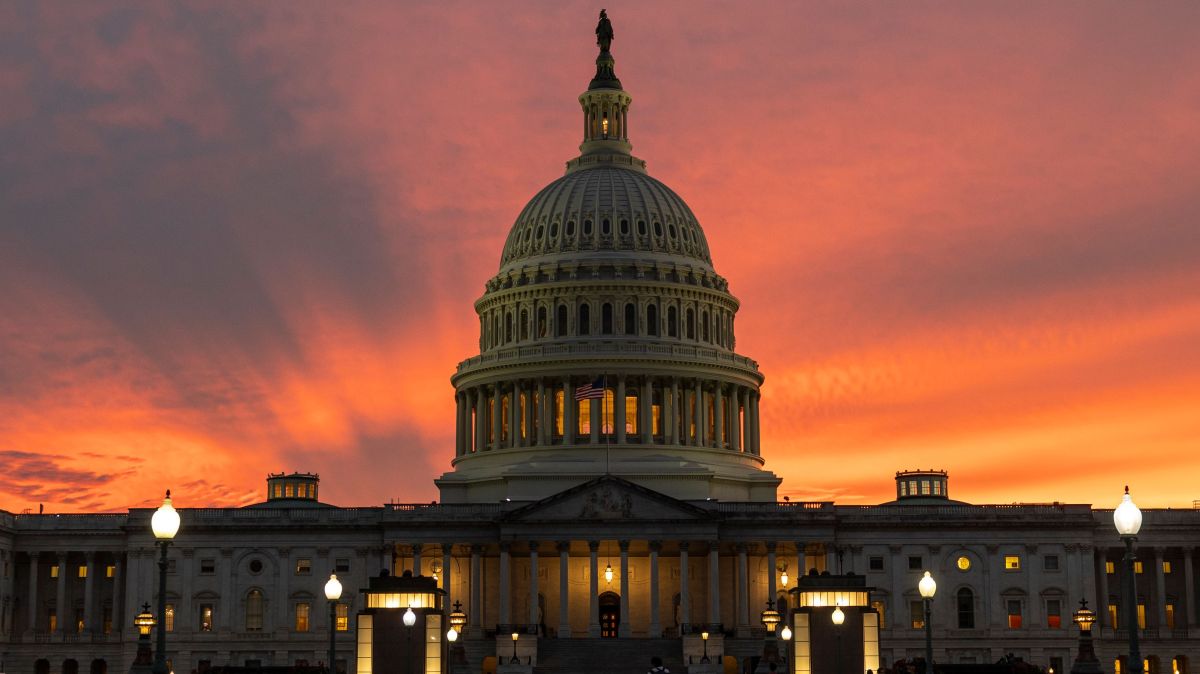Manufacturing activity shrank at the fastest pace in five months in September, reflecting subdued domestic demand and fewer export orders, according to the S&P Global UK manufacturing purchasing managers’ index (PMI).
The reading for the sector, which accounts for about 9 per cent of the economy, fell to 46.2 in September from 47 in August, unchanged from a provisional estimate. A figure below 50 indicates contraction.
“Manufacturers reported that production had been scaled back in response to weaker intakes of new business, with demand from both domestic and export markets weak,” S&P Global said.
The survey showed manufacturers continued to cut staff numbers for the 11th month in a row across a range of industries, citing higher employment taxes, an increased minimum wage and past rises in energy costs.
Rob Dobson, at S&P Global Market Intelligence, said the survey provided “further worrying news for the health of UK industry”.
Tesla raises lease prices after US tax credit expires
Tesla has raised lease prices for all its cars in the US after a $7,500 federal tax credit that had boosted electric vehicle sales expired, according to the company’s website.
The tax break ended on September 30 after Congress eliminated the credit for new EV leases and purchases, as well as a $4,000 credit for used EVs.
Tesla, along with its rivals, was receiving the tax credit from the US government and including them in offering attractive lease prices for customers.
The monthly lease of the company’s bestselling Model Y increased to about $599 at the top range from $529. Prices of all cars, however, remain unchanged.
Nike’s focus on running shoes lifts sales
Nike is repositioning itself to focus on athletes
The sportswear company said it had cracked what runners want from their shoes as its athlete-focused turnaround strategy helped drive a surprise rise in quarterly sales.
Nike, which has faced competition from brands including On and Hoka, posted 20 per cent sales growth in the three months to the end of August.
The company is repositioning itself to focus on athletes after the return of Elliott Hill, a Nike veteran who left the company in 2020 but rejoined last year as chief executive.
Hill said: “It turns out runners mostly want three things from running shoes: big cushioning, stability, or an everyday shoe that returns energy”.
• Read in full: Nike’s running shoes power surprise sales increase
Taylor Wimpey targets 14,000 homes a year
A Taylor Wimpey development in Falkirk
GETTY IMAGES
The housebuilder has set out new medium-term targets to build 14,000 homes a year, ahead of meeting analysts and investors later today at a so-called “capital markets day”.
Taylor Wimpey said that “against the backdrop of softer market conditions beginning in the second quarter, we have delivered a robust sales rate”.
The company added: “We remain on track to deliver our full year 2025 guidance range of 10,400 to 10,800 UK completions, and we continue to expect to deliver full year group operating profit of £424 million.”
FTSE 100 heads for new closing high
London’s leading share index is heading for a fresh closing high, driven higher by UK pharmaceutical companies after US rival Pfizer got a tariff reprieve by offering to cut prices for the drugs it sells to America’s Medicaid by up to 85 per cent.
The FTSE 100, which hit a record closing high yesterday of 9,350.43, rose 31 points, or 0.3 per cent, to 9,381.83 this morning with Hikma Pharma, AstraZeneca and GSK rising 4.12 per cent, 3.63 per cent and 1.43 per cent respectively on optimism around tariffs. Trump said he expected other drugmakers to follow suit.
Entain, the owner of Ladbrokes, fell on concerns about possible higher taxes on gambling companies in the autumn budget.
A weaker dollar has lifted the pound 0.17 per cent to $1.3469. Yields on UK government bonds are up across the curve, except for 2-year bonds.
London’s Diversified Energy to move listing to New York
About 65 per cent of Diversified Energy’s shares are held by US investors
GAYLON WAMPLER/DIVERSIFIED ENERGY
The London-listed American gas and oil producer is to move its primary listing to the New York Stock Exchange.
The Alabama-based company’s energy assets are primarily located in the US, where its executive team is based. Diversified Energy was founded by Rusty Hutson, in 2001. It began trading in London in 2017.
Diversified Energy, which has had secondary listing on the NYSE since 2023, said: “The board has concluded that the US market is the natural long-term primary listing venue for the company and that moving to a US primary listing, while retaining a secondary UK listing … is in the best interests of its shareholders.”
About 65 per cent of the company’s shares are held by US investors.
ConvaTec invests £500m in UK hub
ConvaTec develops and provides products for managing chronic conditions
The FTSE 100 medical technology company is investing in a new research and development hub in Manchester as part of a £500 million commitment in the UK over the next ten years.
ConvaTec said the facility, to open in 2027, will employ up to 250 people, many of whom are expected to transfer from the existing site in Deeside, north Wales, where it will continue manufacturing.
The company develops and provides products for managing chronic conditions. It focuses on advanced wound care, ostomy care, continence & critical care, and infusion care.
Tate and Lyle warns on profits
Tate & Lyle said it expected performance to improve in the fourth quarter
The food ingredients group has warned that full-year revenue and profits will be lower than expected amid “a slowdown in market demand” as it updated investors ahead of interim results next month.
“We now expect revenue and earnings before interest, taxes, depreciation, and amortization to decline by low-single digit per cent compared to the prior year,” the company said.
Tate & Lyle said near-term market demand would remain challenging but it expected performance to improve in the fourth quarter. The shares have fallen more than 33 per cent over the past year.
Greggs shrugs off hit from hot weather
Sausage rolls at the counter in a Greggs in Caterham
CHRIS RATCLIFFE/GETTY IMAGES
The bakery chain has reported that like-for-like sales at company-managed shops rose 1.5 per cent in its third quarter.
Greggs said: “While unusually high temperatures persisted throughout July, which held back performance during the month, trading improved in August and September in more stable conditions.”
Total sales rose 6.1 per cent in the 13 weeks to September 27. Year-to-date sales are up 6.7 per cent. The FTSE 250 group said the “board’s expectation for the full year outcome is unchanged”.
Greggs shares have fallen 48 per cent since the start of the year to close at £16.07 yesterday on the back of a profit warning and amid fears that the bakery chain has overexpanded.
Traders are betting that they have further to fall. Financial Conduct Authority data shows that short-sellers are more bearish on Greggs than at any point since 2012 with 5.14 per cent of all its shares out on loan to those betting against it. The FTSE 250 group is the seventh-most shorted stock in London.
UK house prices edge higher in September
The average house price increased by 0.5 per cent month on month in September, after a 0.1 per cent monthly fall in August, according to the Nationwide Building Society.
Property values increased by 2.2 per cent annually during the month, slightly up from 2.1 per cent annual growth the previous month.
Across the UK, the average house price was £271,995.
Robert Gardner, Nationwide’s chief economist, said: “Despite ongoing uncertainties in the global economy, underlying conditions for potential home buyers in the UK remain supportive. Providing the broader economic recovery is maintained, housing market activity is likely to strengthen gradually in the quarters ahead.”
A list of previous US shutdownsShutdown could be ‘more disruptive than usual’
Jerome Powell, the Federal Reserve chair
JIM WATSON/GETTY IMAGES
The US government shutdown “could prove longer and more disruptive than usual”, analysts at Jefferies warned.
The longest previous shutdown, during the last Trump administration, lasted 35 days and was estimated to have cost the US economy $3 billion, according to the Congressional Budget Office.
Besides halting the release of Friday’s closely watched September non-farm payroll report, the shutdown could affect critical data in the weeks ahead, including inflation and GDP data, creating a vacuum ahead of the Federal Reserve’s rate-setting meeting at the end of October.
Jefferies also warned of a freeze on regulatory activity at agencies such as the Securities and Exchange Commission, the Food and Drug Administration and the Environmental Protection Agency, delaying IPOs, drug approvals, and environmental permits.
Jitters over US jobs market
South Korea’s Kospi rose 0.9 per cent despite wider weakness in Asian markets
AHN YOUNG-JOON/AP
Gold struck a fresh record high and Asian stocks wavered after the deadline passed for a US government shutdown that is expected to delay the release of crucial jobs data.
Agencies warned that the shutdown would halt the release of the closely watched September employment report on Friday and lead to the furlough of 750,000 federal workers at a daily cost of $400 million. It raises concerns about the impact on the already slowing US labour market.
Normally, markets shrug off shutdowns but this time is different, with the delay to the non-farm payrolls data and President Trump’s threat to permanently lay off workers. It will increase concerns at the Federal Reserve about the jobs market and the chance of a US interest cut in October has now risen to 94.6 per cent, according to the CME Fedwatch tool, up from 90 per cent a day earlier.
Gold climbed to $3,875 an ounce, hitting a record high for the third straight session. Japan’s Nikkei dropped 0.9 per cent and Australia’s ASX dipped 0.2 per cent, but South Korea’s Kospi rose 0.9 per cent. Chinese markets are closed for the week-long National Day holidays.
The FTSE 100 is forecast to open down 0.02 per cent after hitting a record closing high yesterday for its best quarterly percentage gain since the last three months of 2022. The index closed up 0.54 per cent at 9,350.43, and rose 6.7 per cent over the past quarter. Both S&P 500 futures and Nasdaq futures dropped 0.5 per cent.

